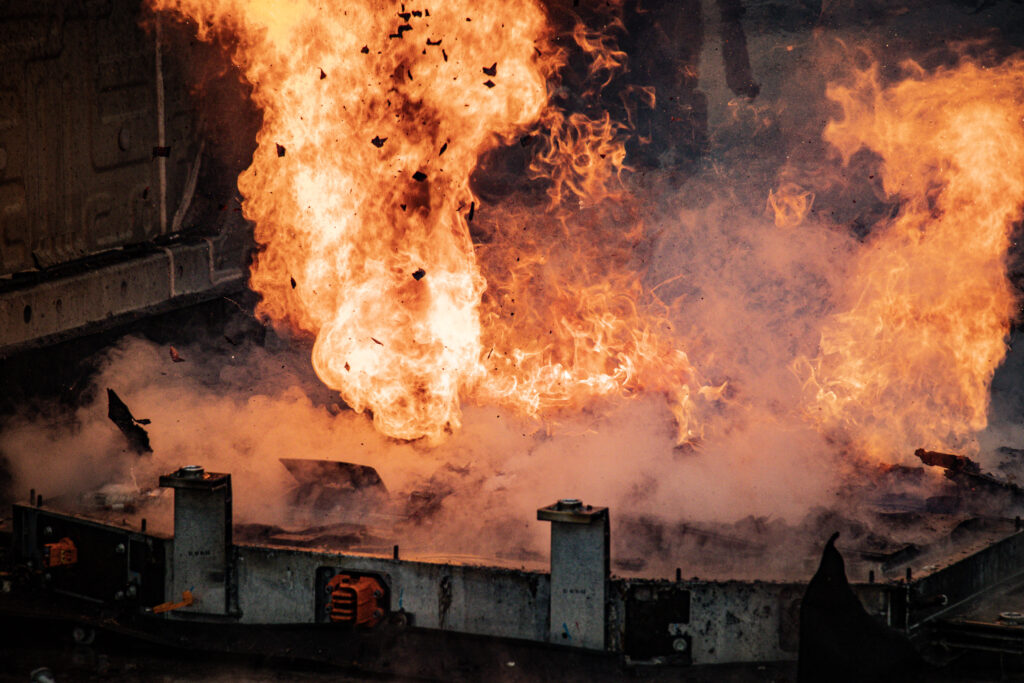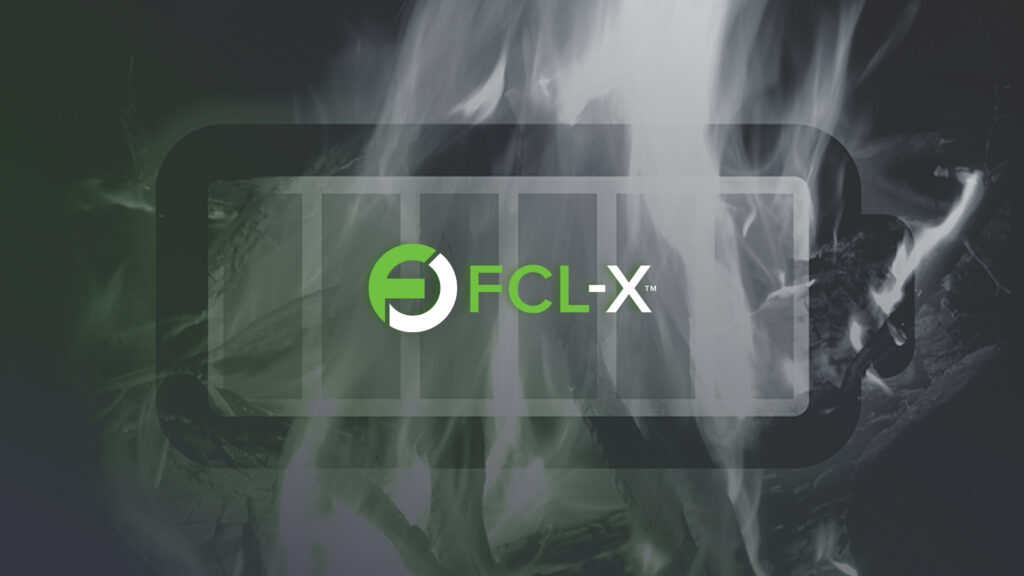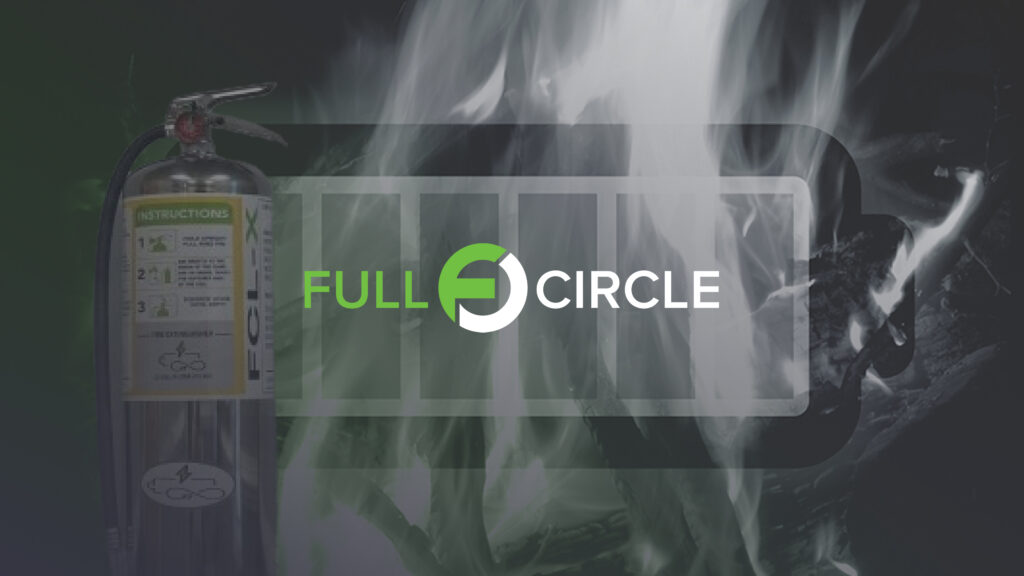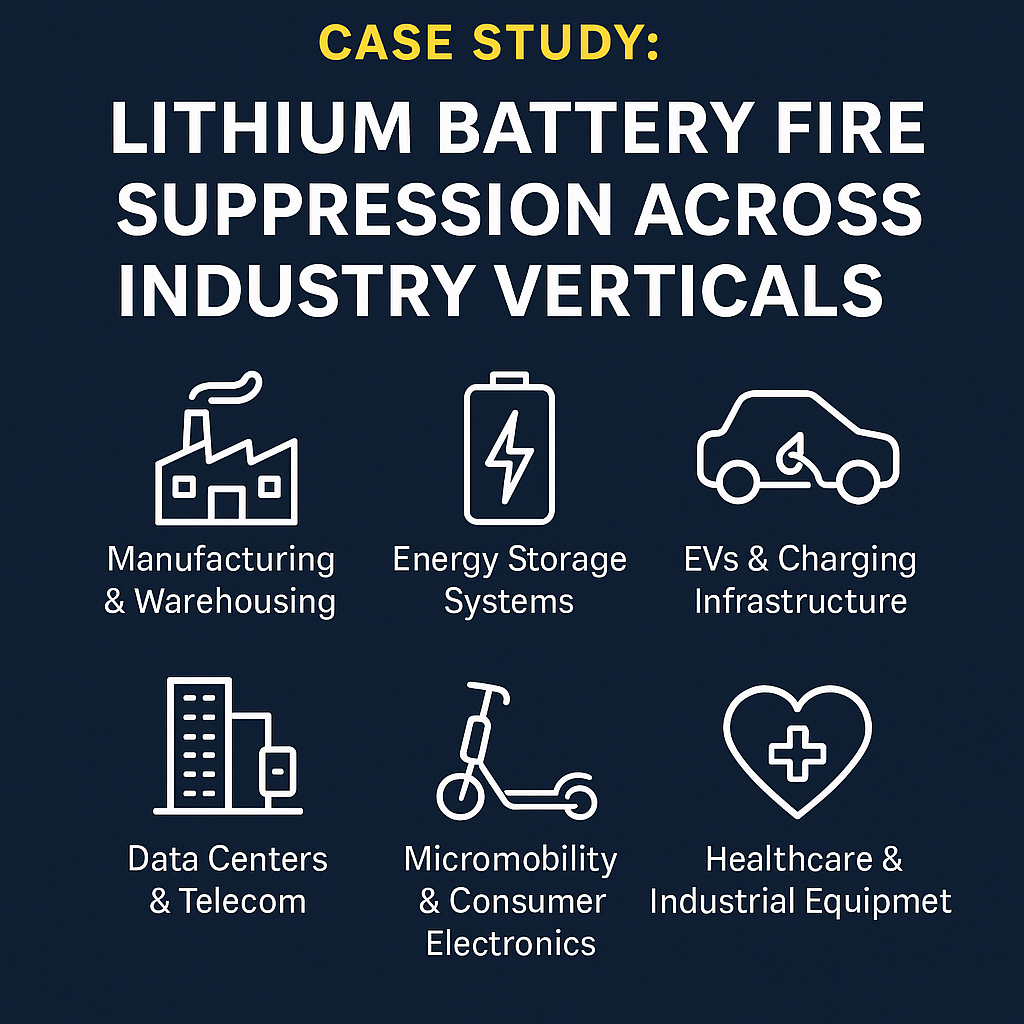Engine 1, respond to a report of a vehicle fire adjacent to an apartment building.
Engine 1 responding. Engine 1 is on scene of a working vehicle fire approximately 20 feet from a large apartment building. Engine 1 is establishing command and will be down 1 handline for suppression. Engine 1 dispatch, UPDATE: this vehicle will be an electric vehicle (EV) and is still attached to the charging station…
This scenario could occur in your area, and likely already has. What do firefighters need to know, and how should they respond to Electric Vehicle fires?
The Growing Challenge of EV Fires
Electric vehicle fires are becoming more common, and the fire service is actively developing best practices for lithium-ion battery fire suppression. Unfortunately, industry progress on providing more research data and evolving firefighting tactics has been slow.
Fire departments already have tools available to combat EV fire hazards. Some of these are training-based, while others involve fire suppression technology like FCL-X, a firefighting solution proven to prevent re-ignition in lithium-ion battery fires.
Understanding Lithium-Ion Thermal Runaway
To effectively fight lithium-ion battery fires, we must first understand how they start. Causes include mechanical damage, overheating, overcharging, or arc failures. These conditions can trigger thermal runaway, where the separator between the anode and cathode fails, allowing the battery to ignite, even at low states of charge.
When arriving on scene, assume it’s an EV fire until proven otherwise. Since EV fires present such challenges to the status quo of standard car fires, rule it out first. EV firefighting tactics require different strategies:
- Use thermal imaging cameras to detect heat signatures.
- Look for smoke, odors, swelling, or visible damage to the battery enclosure.
- If active fire is present or you suspect fire based on the signatures listed above, deploy FCL-X directly into the battery pack for rapid knockdown and thermal runaway prevention.
Hidden Dangers of EV Fires
Beyond flames, EV fires release toxic chemicals during lithium-ion battery thermal runaway, including heavy metals, PAHs, VOCs, SVOCs, and PFAS. One of the most dangerous, hydrogen fluoride, is released in high concentrations and can be deadly. Firefighters must always use proper PPE and decontamination procedures on scene and back at the station.
Additionally, stranded energy in damaged cells can cause fire re-ignition. Overpacking and adequate disposal of damaged modules are critical to preventing secondary incidents.
Electrical hazards also pose a risk, as EV batteries store high voltage and amperage. A robust EV firefighting training program must include DC vs. AC power safety to ensure responder safety.
Research and Industry Leadership
Ongoing research is shaping the future of electric vehicle fire response. Full Circle Lithium is deeply involved in national-level studies, including two lithium-ion fire research projects mapping chemical hazards and analyzing battery burn behaviors. Overseen by Webster Marshall, VP of Business Development, we collaborate with organizations like NCSU (https://www.ncsu.edu/research/), IFSI, NFPA, and FSRI to ensure our solutions remain on the cutting edge of firefighter safety.
To continue to progress as an industry, we must stay diligent and learn new things. The
rest of the world is working on this. Have an open mind for emerging info and education
for better decision making. Keep in contact with Full Circle Lithium for innovation and education, moving the needle in all fires!
The FCL-X Difference
When Engine 1 arrives at an EV fire scene, the crew can now shut off charging power, deploy FCL-X fire suppression solution, and achieve complete extinguishment without re-ignition. This multi-application firefighting agent is designed for EVs, lithium-ion battery fires, and all classes of fires, giving firefighters the confidence that the fire is out… for good.
Might sound something like this:
……Engine 1 to radio, we are shutting off power to the charging station. Engine 1 will be deploying FCLX for suppression. …..[5 mins elapsed]…. Engine 1 to radio, we have the fire under control, and we are completing overhaul. The Fire is out….






